Introduction
Pug Good with Kids: Are Pugs the ideal family pets? Discover why they're loved by children
- Gentle and playful, Pugs often become instant favorites among young family members
- Understanding Pugs' temperament can help determine their suitability for homes
- Learn how Pugs interact with children and their role in creating a joyful household
- Safety and companionship: How Pugs balance playfulness with a calm demeanor
- Exploring the benefits of raising children alongside the affectionate Pug breed
1. Pug Temperament: The Basics
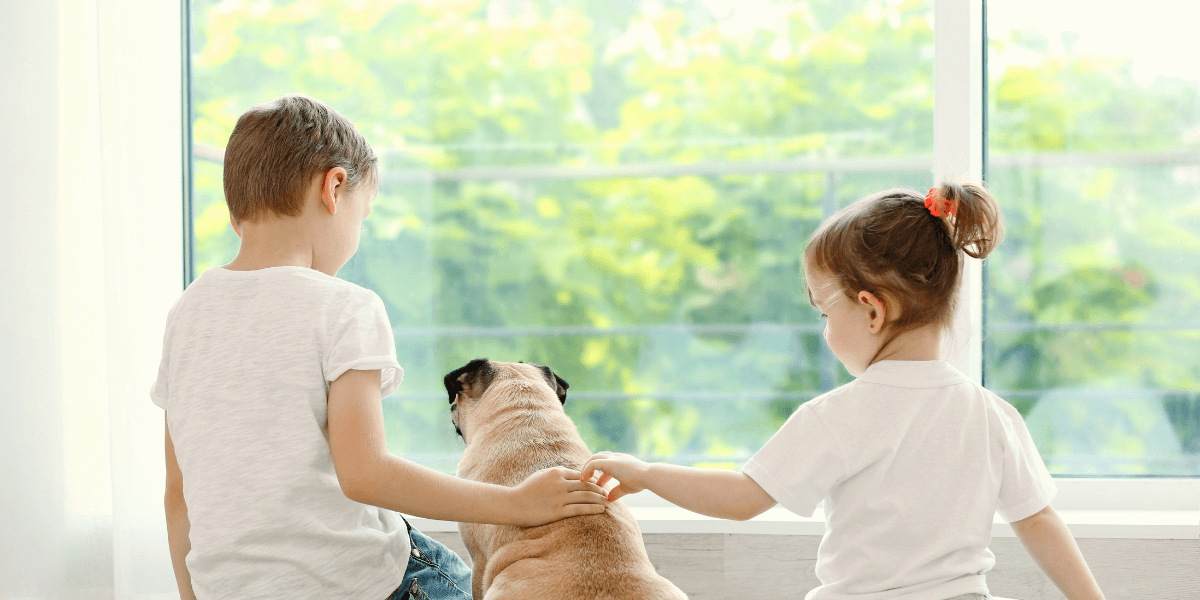
Here’s what you need to know about their temperament:
Key Traits:
- Affectionate: Pugs love being around people and thrive on human interaction
- Playful: They enjoy playing with kids and can be quite entertaining
- Stubborn: Pugs can be a bit stubborn, requiring patience during training
Best Practices:
- Early Socialization: Introduce your Pug to different people and environments
- Supervised Play: Always supervise playtime between your Pug and young children
2. Grooming Needs: Pug-Specific Requirements
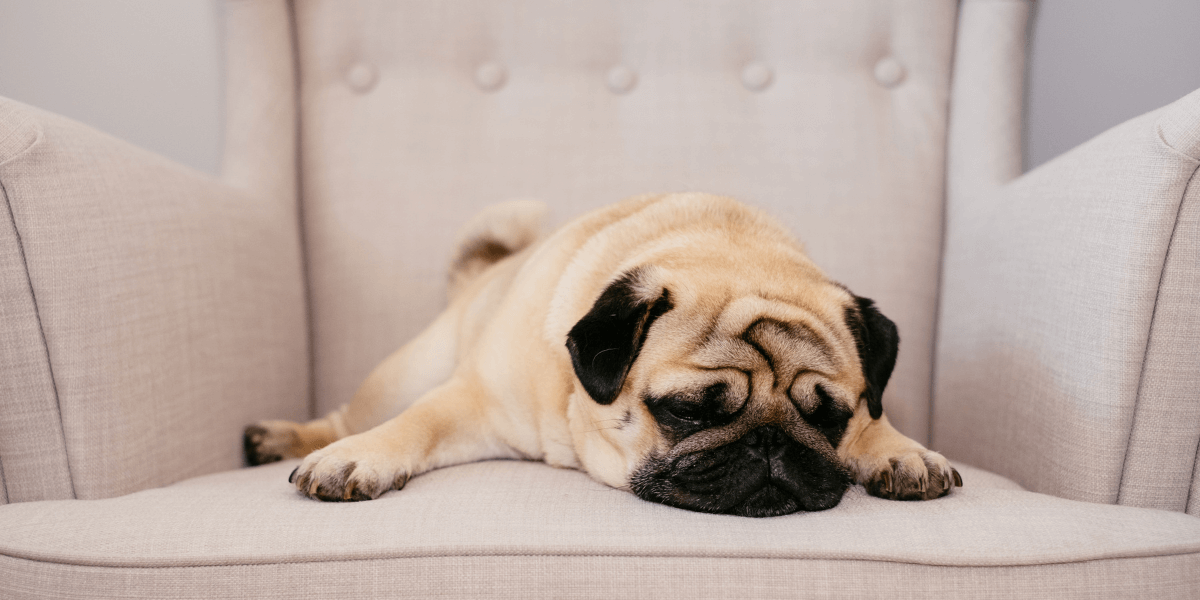
Here's a breakdown of their grooming needs:
Regular Grooming:
- Brushing: Brush your Pug’s coat at least twice a week to manage shedding
- Bathing: Bathe your Pug once a month or as needed to keep their coat clean
- Wrinkle Care: Clean their facial wrinkles regularly to prevent infections
Best Practices:
- Quality Tools: Use a grooming mitt or a rubber brush for effective grooming
- Gentle Products: Choose hypoallergenic shampoos and wipes to avoid skin irritation
3. Exercise Requirements: Keeping Your Pug Fit
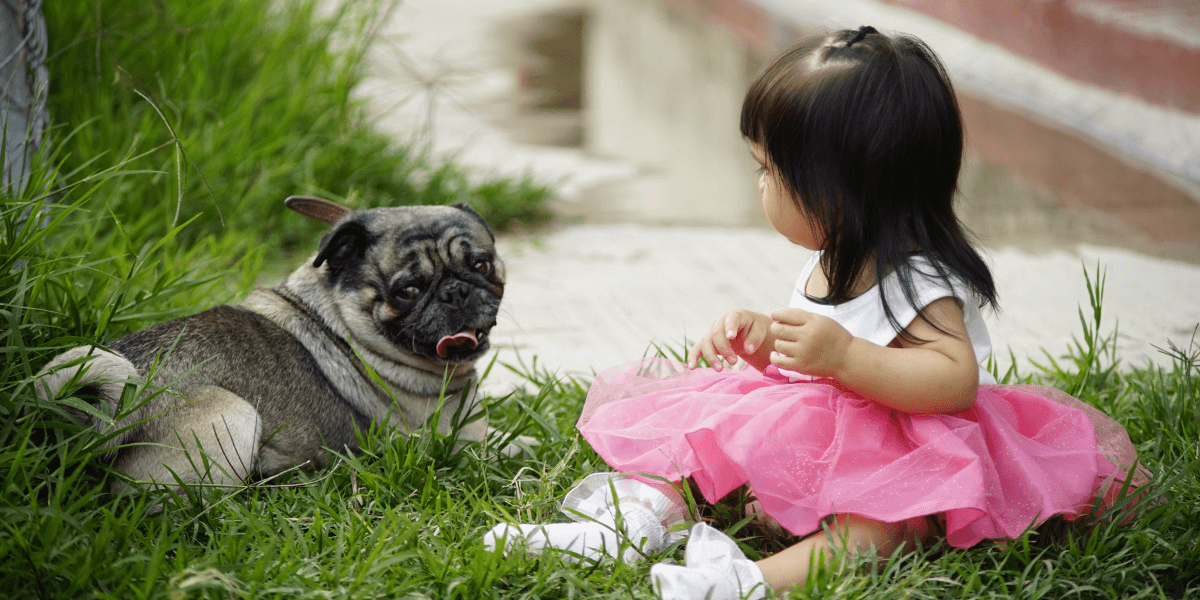
Pugs are not high-energy dogs, but they do need regular exercise to stay healthy.
Exercise Routine:
- Daily Walks: Take your Pug for a short walk once or twice a day
- Playtime: Engage in indoor play sessions with toys and games
- Avoid Overexertion: Avoid strenuous exercise, especially in hot weather
Best Practices:
- Interactive Toys: Use toys that stimulate your Pug mentally and physically
- Monitor Weather: Keep exercise sessions brief in hot or humid conditions
4. Health Issues: What to Watch Out For
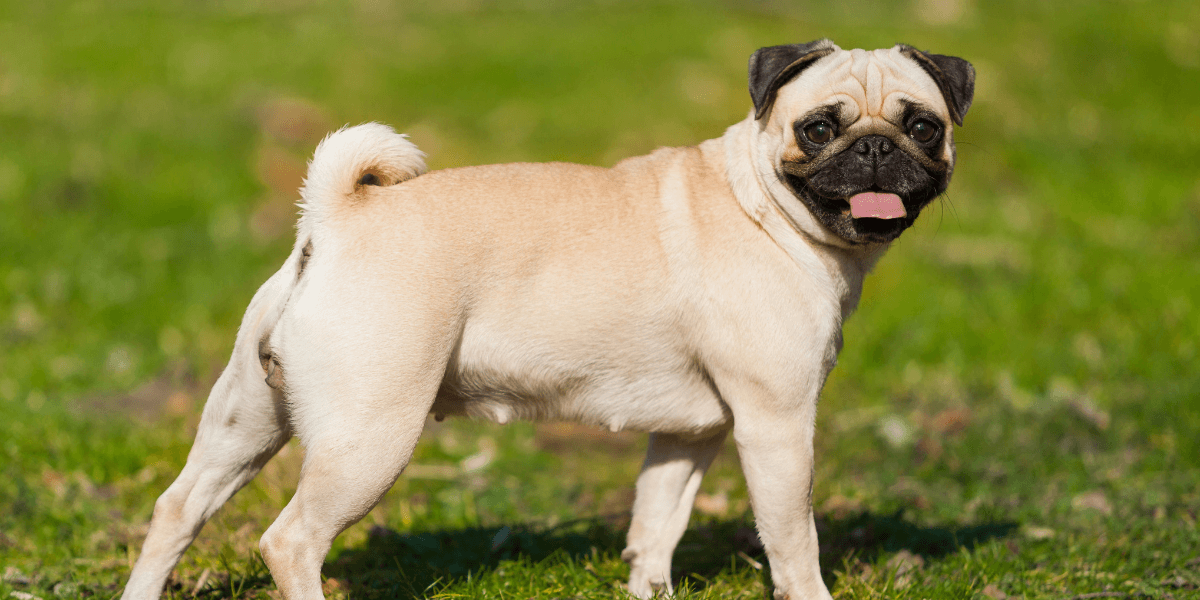
Pugs are prone to certain health issues that families should be aware of.
Common Health Concerns:
- Brachycephalic Syndrome: Breathing difficulties due to their short snout
- Hip Dysplasia: Joint issues that can lead to discomfort and mobility problems
- Skin Infections: Pugs' wrinkles can harbor bacteria if not cleaned regularly
Best Practices:
- Regular Vet Visits: Schedule routine check-ups to monitor your Pug’s health
- Healthy Diet: Maintain a balanced diet to support overall well-being
Learn how to prevent and manage hip dysplasia in your Pug to ensure their comfort and mobility.
5. Training Your Pug: Tips and Techniques
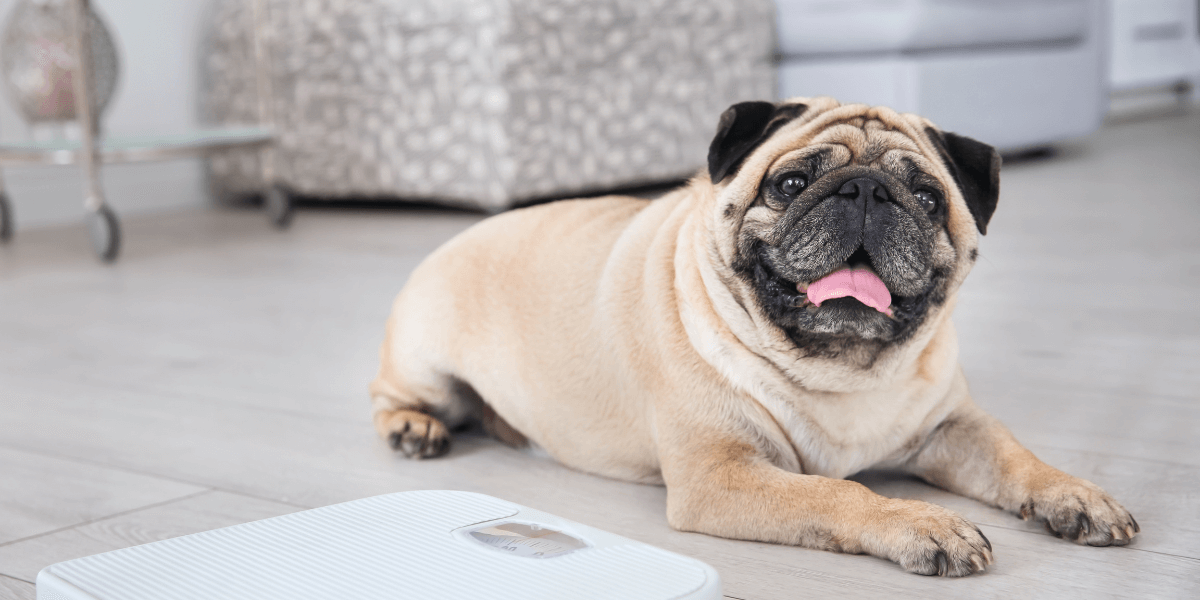
Training a Pug can be a bit challenging due to their stubborn nature.
Training Tips:
- Consistency: Be consistent with commands and rewards
- Positive Reinforcement: Use treats and praise to encourage good behavior
- Patience: Pugs may take longer to learn, so be patient and persistent
Best Practices:
- Short Sessions: Keep training sessions brief and fun to hold their attention
- Socialization: Regularly expose your Pug to different people and environments
6. Compatibility with Kids: The Pug-Kid Dynamic
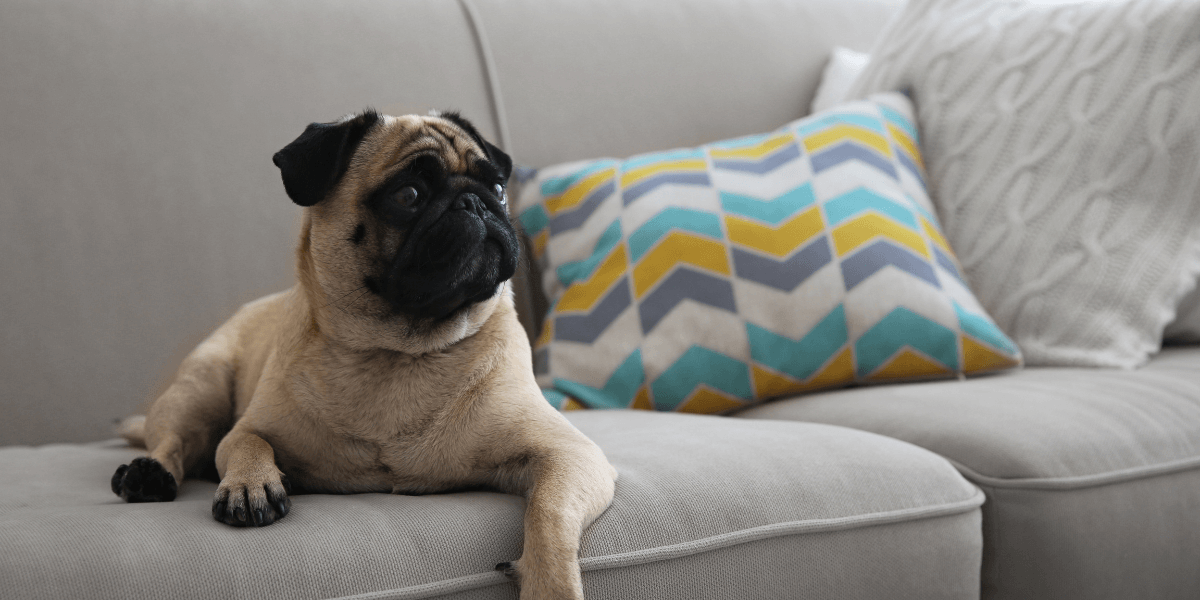
Pugs generally get along well with children, making them a great family pet, Here's why:
Kid-Friendly Traits:
- Gentle Nature: Pugs are typically gentle and tolerant with kids
- Playful Personality: Their playful nature makes them great companions for kids
- Size: Their small size makes them less intimidating and easier for kids to handle
Best Practices:
- Teach Respect: Educate children on how to interact with dogs gently and respectfully
- Supervised Interactions: Always supervise interactions to prevent accidental harm
Discover if Pugs are good family pets by exploring their compatibility with children and other animals.
7. Pug Care Tips for Busy Families
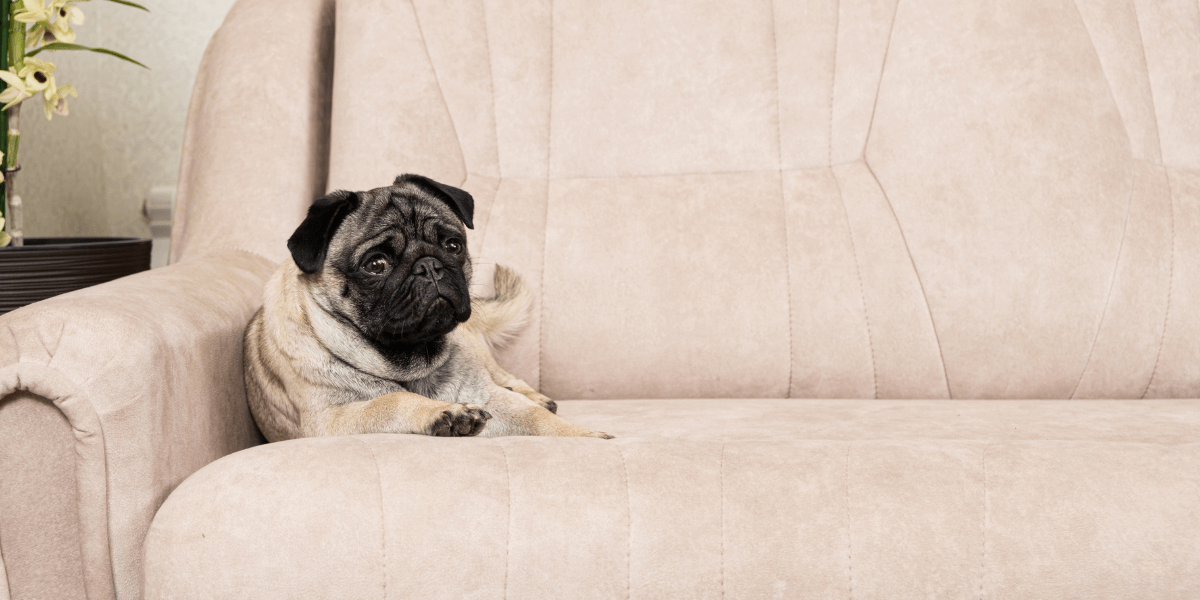
Balancing the demands of family life with the needs of a Pug can be challenging.
- Routine: Establish a daily routine for feeding, exercise, and grooming
- Involve Kids: Get your children involved in caring for the Pug to teach responsibility
- Pet-Friendly Home: Create a safe and comfortable space for your Pug to relax
Best Practices:
- Emergency Preparedness: Have a plan in place for vet emergencies and unexpected situations
- Pet Insurance: Consider getting pet insurance to help cover medical expenses
Find the best orthopedic beds to keep your Pug comfortable, especially for busy families on the go.
FAQs
1. Are Pugs good with kids?
-
Yes, Pugs are great with kids, they are affectionate and gentle
2. Do Pugs have a friendly temperament?
-
Pugs are known for their friendly and loving nature
3. Is a Pug's size suitable for families?
-
Yes, their small size is perfect for homes with children
4. Do Pugs get along with other pets?
-
Pugs generally get along well with other pets
5. Are Pugs easy to train for families?
-
Yes, Pugs are relatively easy to train with patience and consistency
6. Do Pugs require a lot of exercise?
-
No, Pugs need moderate exercise, ideal for family life
7. Is a Pug good with kids with allergies?
-
Pugs shed a lot, which may not be ideal for kids with allergies
Conclusion
- In summary, Pugs' gentle nature makes them wonderful companions for families with kids
- Their playful and affectionate behavior ensures that Pugs are a hit with kids
- Pug Good with Kids, makes them suitable for various family dynamics
- Proper training and socialization enhance Pugs' interactions with young family
- For families seeking a loving, loyal, and kid-friendly pet, Pugs are an excellent choice
Please share it with other families considering a Pug!
References
For more information on Are Pug Good with Kids?, check:
- 5 reasons the Pug might be the right dog breed for you
- Choosing the Best Orthopedic Dog Bed
- Will a Pug Be Good with My Kids? Facts & Dangers
- Best Dog Beds for Seniors: Orthopedic vs. Memory Foam Guide
- Are Pug Good With Kids? What Parents Need To Know
- The Complete Guide to Dog Grooming: With Vet-Approved Tips
Thank you!



